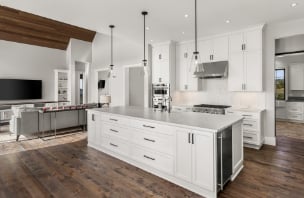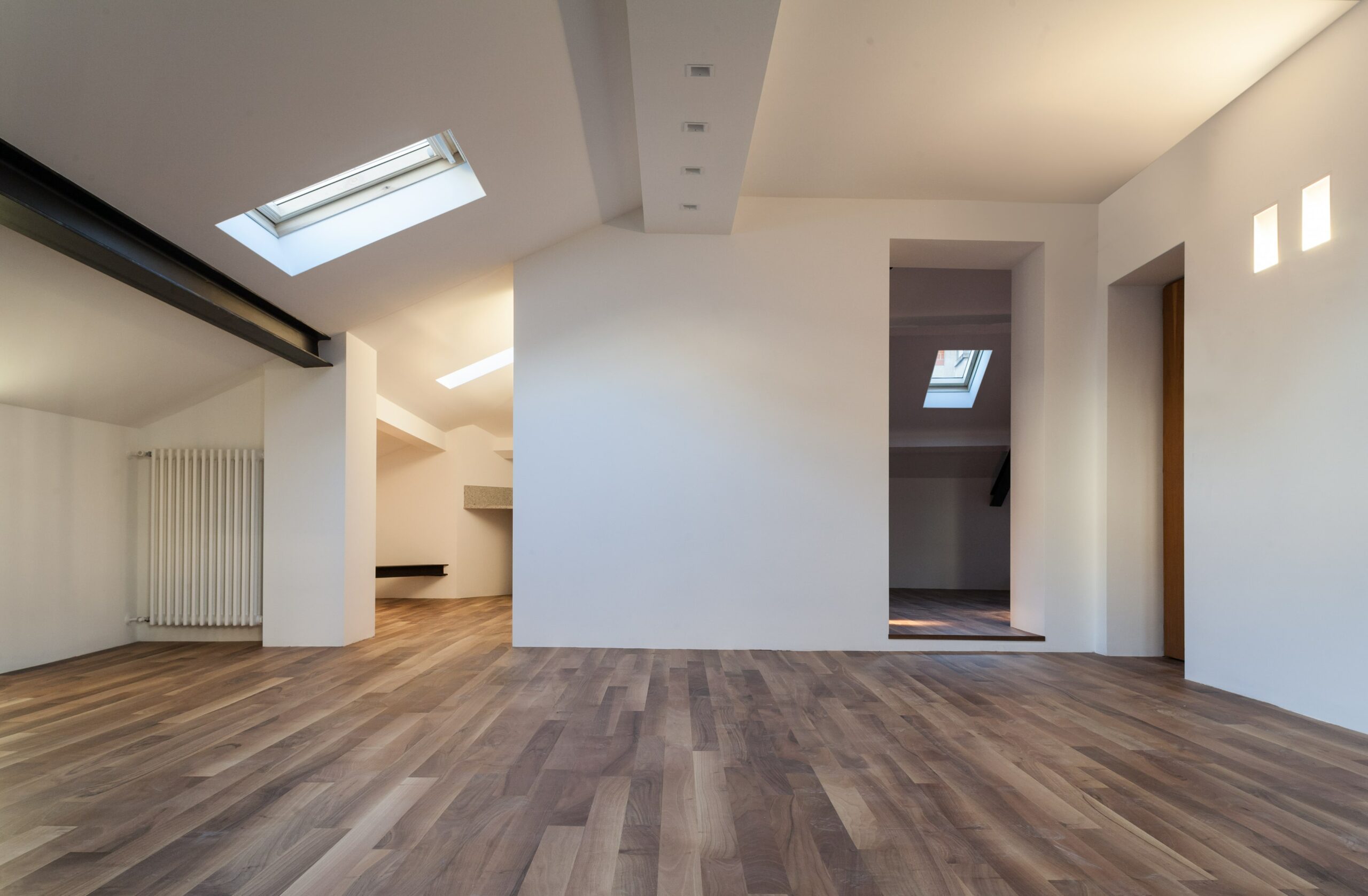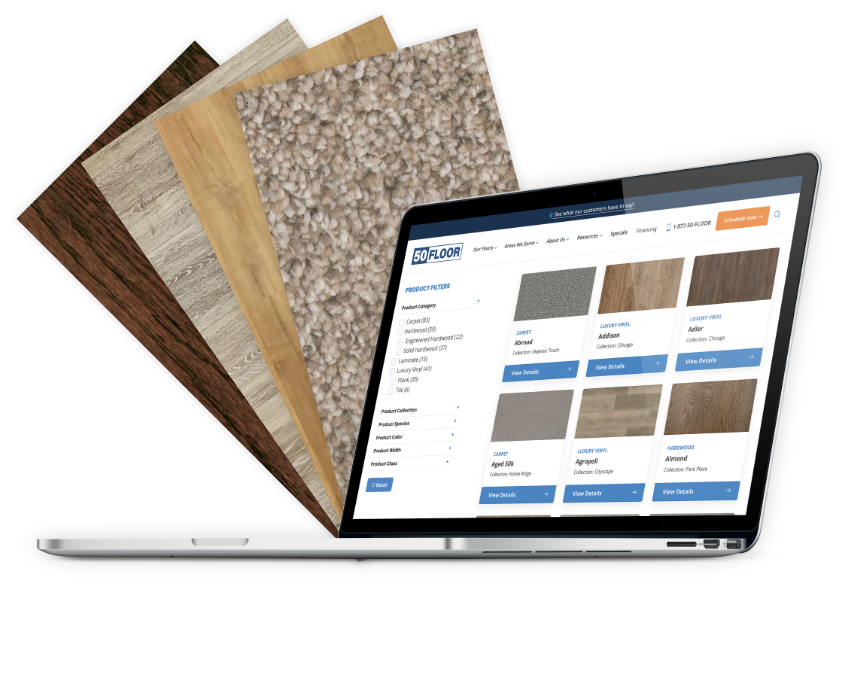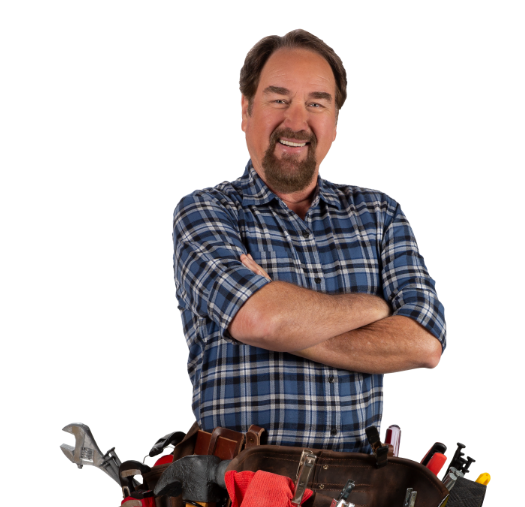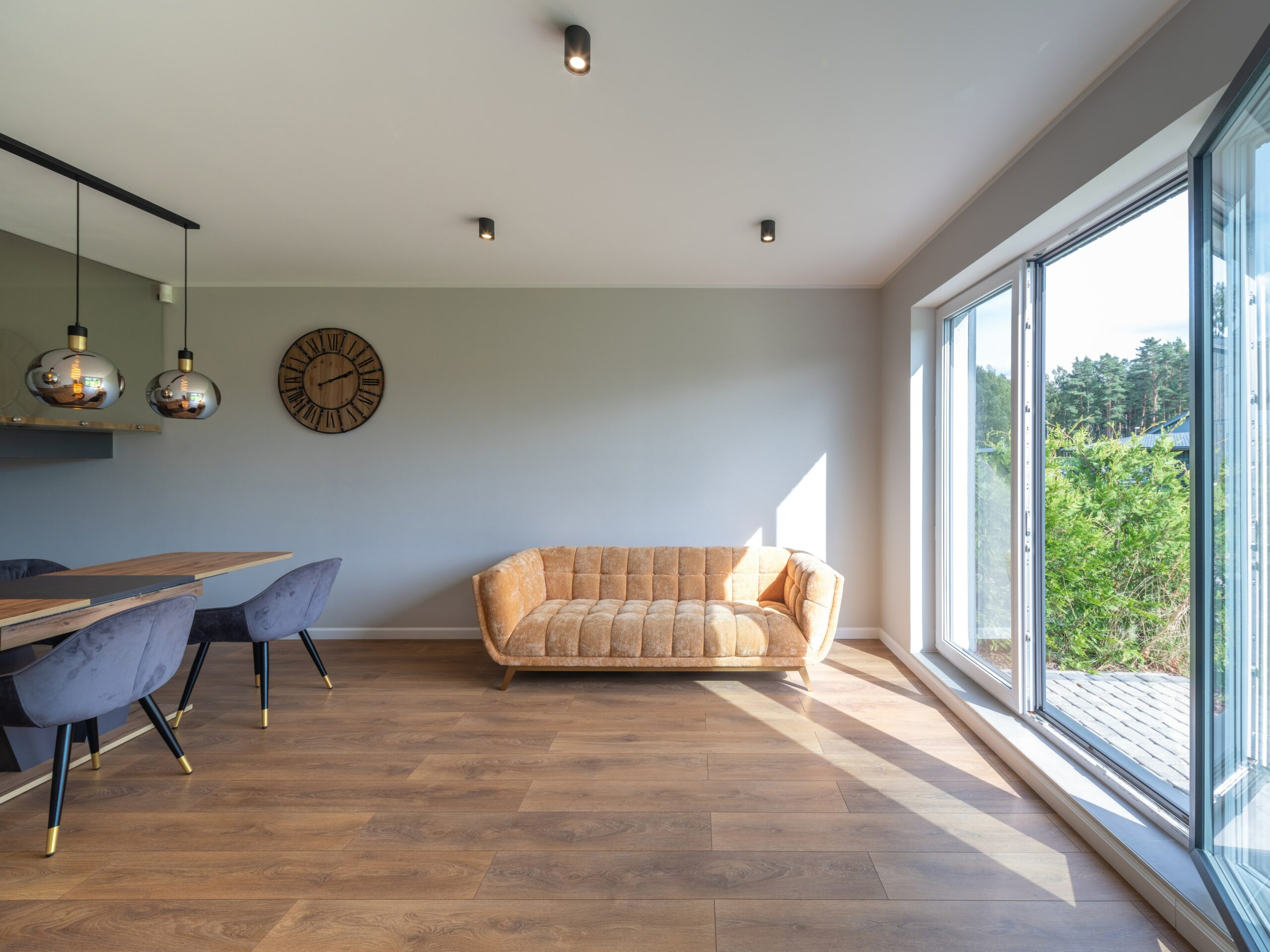Are you considering engineered hardwood for your home but worried about mold? You’re not alone.
Mold can be a homeowner’s nightmare, thriving in moist environments and causing not just damage to your property but also posing health risks.
But engineered hardwood floors offer an innovative solution to this issue. Thanks to their unique construction and material composition, these floors are less susceptible to moisture absorption, significantly reducing the risk of mold growth.
In this page, we’ll dive deep into how engineered hardwood resists mold, from its layered structure to the finishes that seal the deal, literally.
We’ll also cover installation tips, maintenance practices, and what to do if you suspect mold is already making itself at home in your flooring.
Join us as we explore the mold-resistant properties of engineered hardwood and how it stands up against traditional solid hardwood, ensuring your floors remain beautiful and, more importantly, healthy for years to come.


How Does Engineered Hardwood Resist Mold?
Engineered hardwood offers a robust solution to mold resistance through its unique construction and material composition.
At the core of its design, engineered hardwood consists of multiple layers, typically comprising a solid wood top layer bonded over a high-quality plywood or high-density fiberboard base. This multilayer structure enhances stability, reducing the likelihood of warping or swelling when exposed to moisture compared to solid hardwood.
The reduced propensity for moisture absorption significantly lowers the risk of mold growth, as mold requires moisture to thrive.


Additionally, the manufacturing process of engineered hardwood often includes treatments with mold inhibitors, further protecting the wood from potential mold infestation.
These treatments are applied to the wood during the pressing and gluing process, ensuring that the finished product has an inherent resistance to mold right from the start.
The finish applied to the surface of engineered hardwood floors also plays a significant role in mold resistance.
High-quality finishes seal the wood, creating a barrier that repels water and moisture. This barrier not only enhances the floor’s aesthetic appeal but also prevents moisture from penetrating the wood, thereby offering an additional layer of protection against mold.


Proper Installation Prevents Moisture Access
Proper installation involves strategic placement of a moisture barrier between the subfloor and the hardwood, effectively preventing any moisture from seeping up from below. Sealing the edges and joints should be taken into account as well to prevent potential entry points for moisture.
Stable Core Materials Limit Moisture Absorption
Core materials ensure that engineered hardwood floors remain less vulnerable to moisture and, by extension, mold growth.
Comprising layers of high-quality plywood or high-density fiberboard, these materials are engineered for their dimensional stability, which is key to limiting moisture absorption. This core stability is a stark contrast to traditional solid wood, which can be prone to swelling and contraction with varying humidity levels.
Finish Layers Offer Additional Protection
The finish layers applied to engineered hardwood floors act as a vital barrier against moisture, offering an added layer of protection against mold. These finishes, which range from polyurethane to UV-cured coatings, are designed not only to enhance the floor’s visual appeal but also to create a sealed barrier to water and moisture.
The efficacy of these high-quality finishes in sealing the surface of the wood is instrumental in preventing moisture penetration.




Factors Affecting Mold Resistance
Core Material Quality
The quality of the core material is essential for mold resistance in engineered hardwood. Using high-quality plywood or fiberboard reduces moisture absorption and helps prevent mold growth.
Veneer Layer Quality
A high-quality veneer layer enhances the look of engineered hardwood floors and acts as a key barrier against moisture and mold.
Installation Quality
The quality of installation impacts the engineered hardwood floor’s resistance to moisture and mold. Proper techniques, such as using moisture barriers and sealing edges and joints, are key to protecting the floor from moisture and mold.
Environmental Conditions
Humidity levels and temperature fluctuations play a significant role in the mold resistance of engineered hardwood flooring. Proper ventilation and humidity control can drastically reduce the risk of mold development, maintaining the integrity and beauty of the flooring.
Mold Resistance: Engineered vs. Solid Hardwood


Maintenance Tips for Mold Prevention
Maintaining engineered hardwood floors in a way that prevents mold involves adopting a few key practices that are both simple and effective:
- Clean your floors regularly using products specifically designed for engineered hardwood.
- Deal with spills or leaks immediately to prevent moisture from penetrating the wood.
- Use of dehumidifiers in high humidity areas to prevent mold buildup.
- Open windows to circulate air around the house. This can significantly diminish the risk of mold development on your engineered hardwood floors.


Signs of Mold in Engineered Hardwood
Look out for these key indicators:
Dark Spots or Discoloration
Dark spots or discoloration on your engineered hardwood floors are often the first
visual indicator of mold. These marks can reveal mold growing beneath the surface or within the layers of the planks, highlighting the need for immediate action to halt its spread.
Musty, Earthy Odors
The presence of a musty, earthy odor emanating from your engineered hardwood is a telltale sign of mold. This distinct smell, often associated with dampness and decay, can alert you to a mold issue before it becomes visible, serving as a critical early detection signal.
Plank Warping, Buckling, or Swelling
Plank warping, buckling, or swelling are clear physical signs that moisture has infiltrated your engineered hardwood floors, creating conditions conducive to mold growth. These deformations indicate that the integrity of the wood has been compromised by moisture, necessitating prompt intervention to prevent the onset or escalation of mold issues.

Remediation Steps for Mold
Dry the Area Thoroughly
Using dehumidifiers, fans, or natural ventilation can effectively eliminate the moisture that mold requires to thrive. Ensuring complete dryness creates an inhospitable environment for mold, halting its growth.
Clean Surface Mold with Mild Detergent
Clean the floor’s surface after drying. This approach removes the mold from the surface without damaging the engineered hardwood beneath. It’s an effective way to restore the floor’s appearance while preventing the spread of mold spores.
Replace Affected Planks if Necessary
You might need to replace your floor if the mold has penetrated in the planks. 50Floor specializes in replacing engineered hardwood, offering expert guidance and flawless installation.
Schedule a free in-home consultation today to explore our wide selection. Let’s bring new life to your home with beautiful, durable floors.





